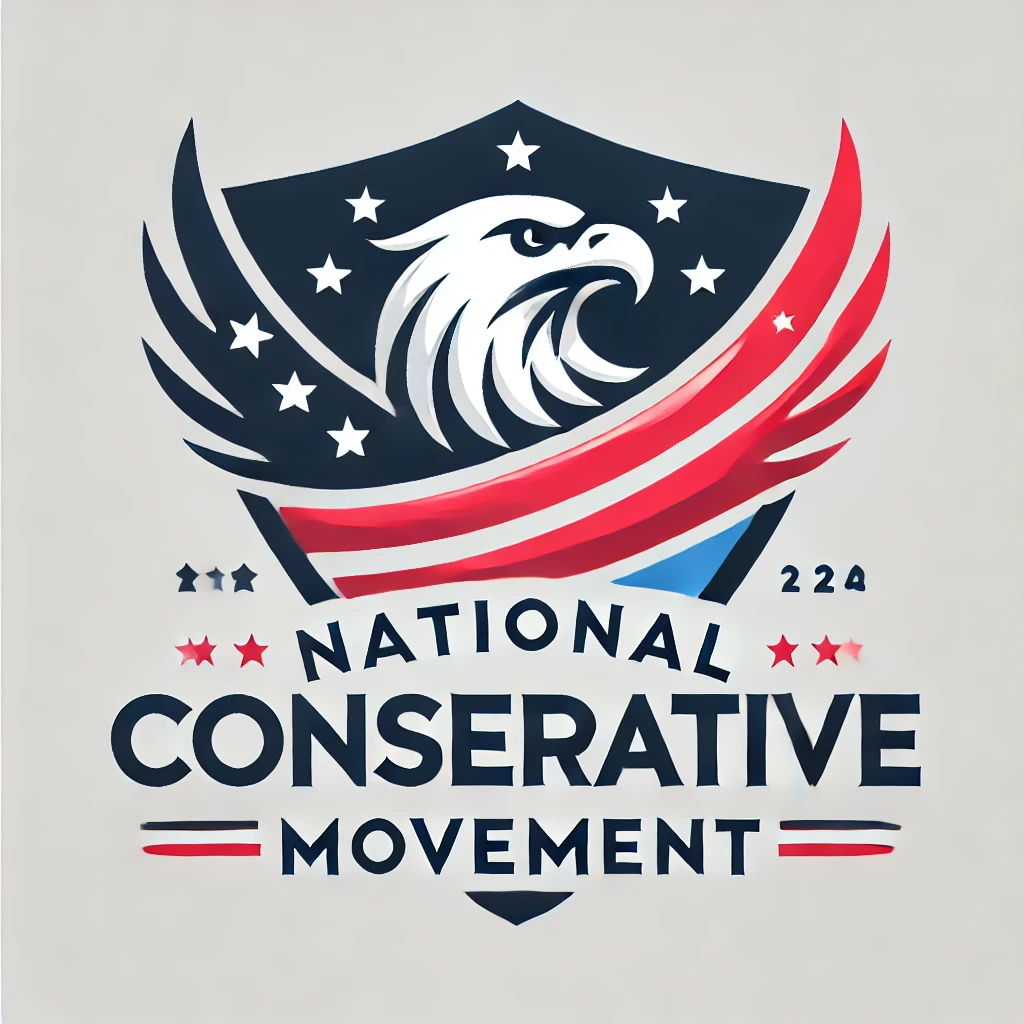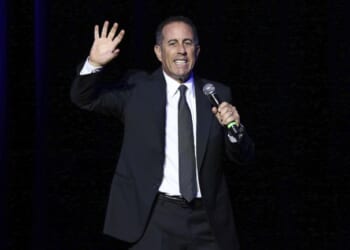
President Trump’s firing spree of independent agency leaders is running into a 90-year-old Supreme Court case that judges have used to block many of those ousters.
Now Mr. Trump’s allies are looking to the Supreme Court to overturn the case, or at least carve out new exceptions to justify the president’s house cleaning.
The case, known as Humphrey’s Executor, saw the high court in 1935 shoot down an attempt by President Franklin Roosevelt to fire a member of the Federal Trade Commission over policy differences. The justices at the time ruled that the FTC performed legislative and quasi-judicial functions, so its leadership was immune from the president’s traditional power to control the executive branch.
A so-called independent agency head could be fired only for cause, not policy differences.
Some conservative legal scholars say the case has outlived itself, and they expect the current Supreme Court, with its makeup of six Republican and three Democratic appointees, to put the precedent out to pasture.
“Humphrey’s Executor is teed up for the Supreme Court to overrule or limit,” said Ilya Shapiro, director of constitutional studies at the Manhattan Institute.
Others wonder whether the justices will expand the president’s firing powers without squarely overruling the precedent, with eyes particularly on Chief Justice John G. Roberts Jr. and Justice Amy Coney Barrett.
“I think the court has to take the issue, but Roberts may try to split the baby, and only rule that courts lack the power to order reinstatement. That would leave unresolved for now the question whether the removal was valid,” Josh Blackman, a professor at South Texas College of Law, told The Washington Times in an email.
Mr. Trump has fired both big and small. He’s overseen buyouts and layoffs that axed tens of thousands of lower-level employees, even as he’s made targeted strikes at members and chief executives of agencies where he wants to exert more control.
Those include the National Labor Relations Board, the Federal Labor Relations Authority, the Office of Special Counsel, the Merit Systems Protection Board, the Federal Election Commission, the Equal Employment Opportunity Commission and a host of foreign aid agencies.
Lawsuits have proliferated, with Humphrey’s Executor usually at the heart of the claims of the fired feds.
“No other president in our lifetimes has ever attempted to violate for-cause removal statutes in this manner. The current chief executive is not being held to a different standard,” fired Merit Systems Protection Board member Cathy Harris argued through her lawyers in a brief to the Supreme Court this week. “He is being asked to follow binding precedent unless and until the court overturns it, just like his predecessors for nearly a century.”
Experts say the high court has been slicing away at Humphrey’s Executor for some years.
That included a 2020 case, Selia Law, in which the justices ruled 5-4 ruling that the president could remove the head of the Consumer Financial Protection Bureau, even though Congress had written the law to make that person fireable only for good cause.
But the fired officials say the CFPB was special in that it was led by a single chief. Multi-member boards, particularly those with partisan balancing requirements, are different, the fired feds argued.
So far, lower court judges dealing with challenges to the Trump firings have split on Mr. Trump’s claims, though his opponents have emerged victorious more often than not.
In one case that made its way through the U.S. Circuit Court of Appeals for the District of Columbia, judges said Humphrey’s Executor “remains good law.” They allowed Ms. Harris and another fired agency chief, Gwynne Wilcox at the NLRB, to remain in their jobs while their cases develop.
Judge Karen L. Henderson dissented, saying the sooner the Supreme Court settles the matter, the better.
“Only the Supreme Court can decide the dispute and, in my opinion, the sooner, the better,” said Judge Henderson, a George H.W. Bush appointee, calling the issues at stake “significant and surprisingly controversial.”
The cases have reached the Supreme Court, with Chief Justice Roberts putting a brief hold on the appeals court’s ruling allowing Ms. Wilcox and Ms. Harris to remain on the job while the cases proceed.
Curt Levey, president of the Committee for Justice, said there is a potential for Humphrey’s Executor to be severely curtailed in the coming months, noting that the court has narrowed the precedent over the years and that the ruling appeared to be a stretch.
“It was viewed as a questionable decision and I think there has been more of an assertion of the fact that executive power does rest entirely with the president,” Mr. Levey said. “You put that all together and I think people see the handwriting on the wall, but whether the court will choose to do it decisively and overrule Humphrey’s or just further narrow it, I don’t know but clearly the Trump administration is doing what it can to set up a case to test Humphrey’s.”












